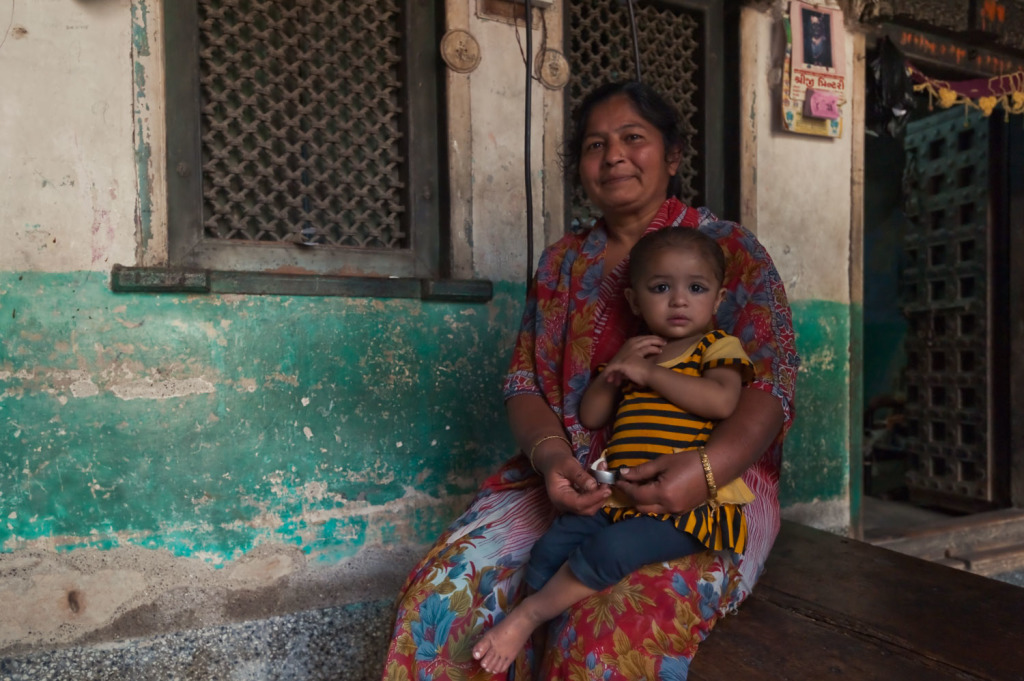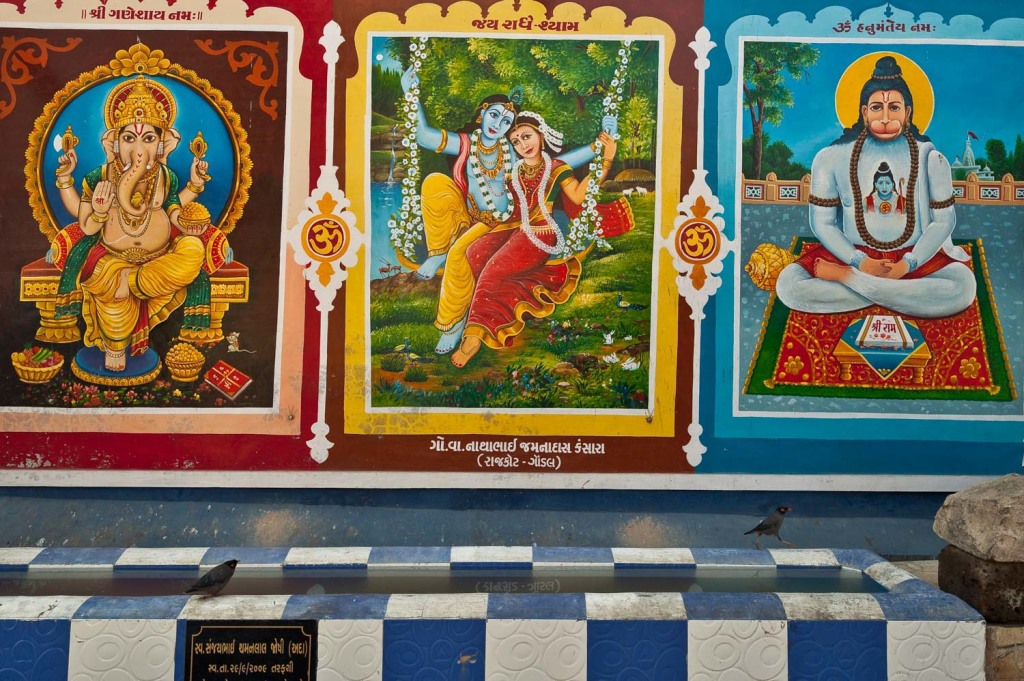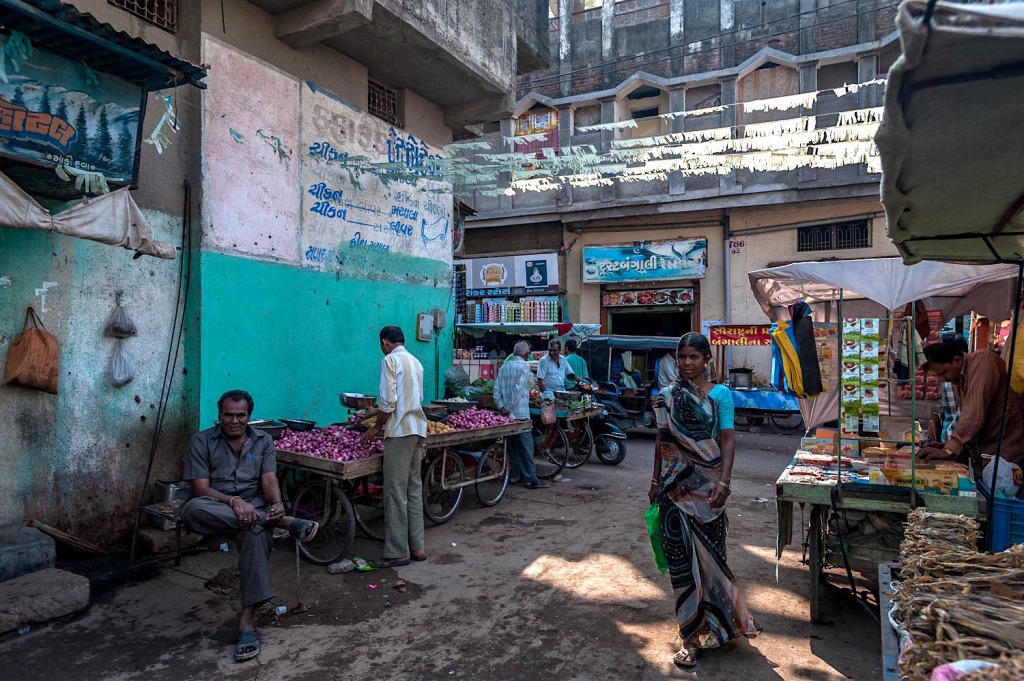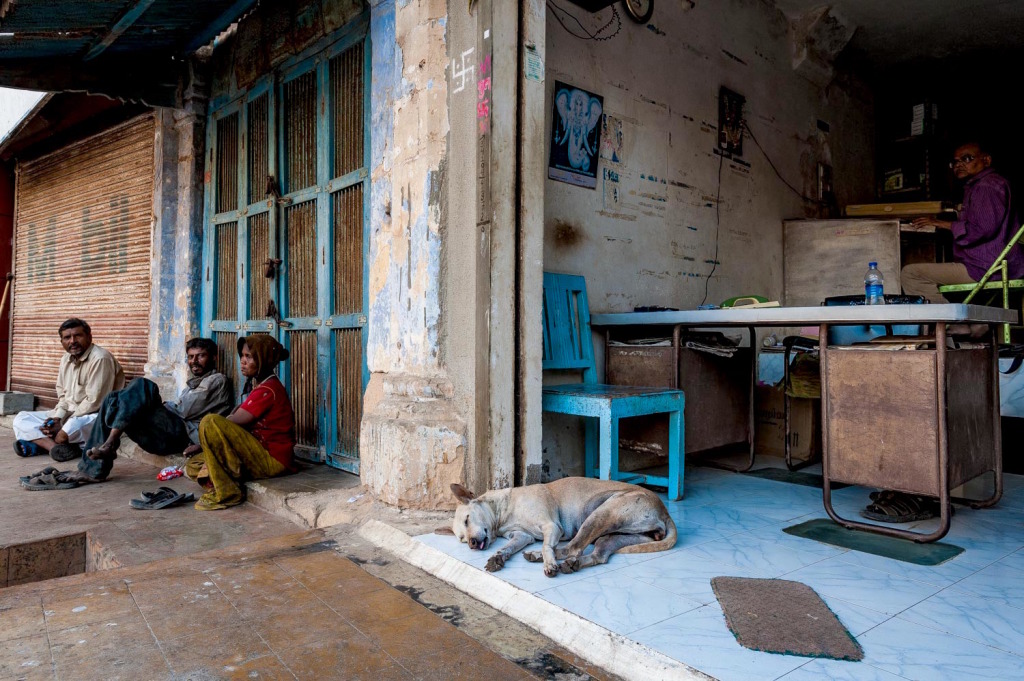
The city of Junagadh, in the northwestern Indian state of Gujarat, has a complex history of more than two millennia. Capital of small kingdoms and sultanates, ruled by dynasties and clans of Afghan origin, it maintained a certain independence even during the British rule thanks to the Nabobs of the Babi family.
It was never an integral part of British India, but protectorate, and, contrary to the wishes of Lord Mountbatten, the last British viceroy, became part of Pakistan on September 15th, 1947. Occupied by the troops sent from Delhi, after little more than a month, and after the referendum of 24th February 1948, it is now the territory of the Republic of India.
Junagadh has more than 300 thousand inhabitants and is not considered a tourist destination, being almost devoid of accommodation. This has preserved its integrity and spontaneity of the population. They are still, however, monuments that make it interesting. First and foremost the mausoleum of the vizier Bahaduddinbhai Hasainbhai with its four minarets, then the adjacent, abandoned, Mosque and the tombs of the Nabobs, exquisite examples of eighteenth-century architecture, accessed, through alleys that seem blind, from the fish and fruit market.
It is these markets, the lively little streets lined with artisan workshops and small stores, the squares with imposing palaces decorated that make the city an attractive destination. Much more than the Buddhist caves and the Jain temples, even though significant, that fill the paragraphs of the (few) tourist guides.
A detour towards the Mount Girnar also allows a direct approach to the community of the gurus, in orange robes, devotees of Hindu temples that date back to the third century before the Christian era.






















































